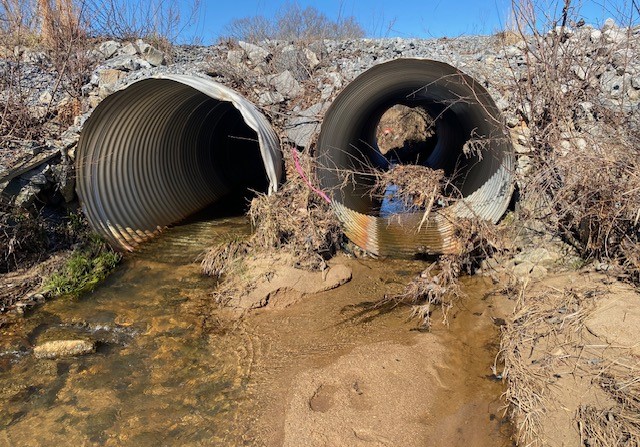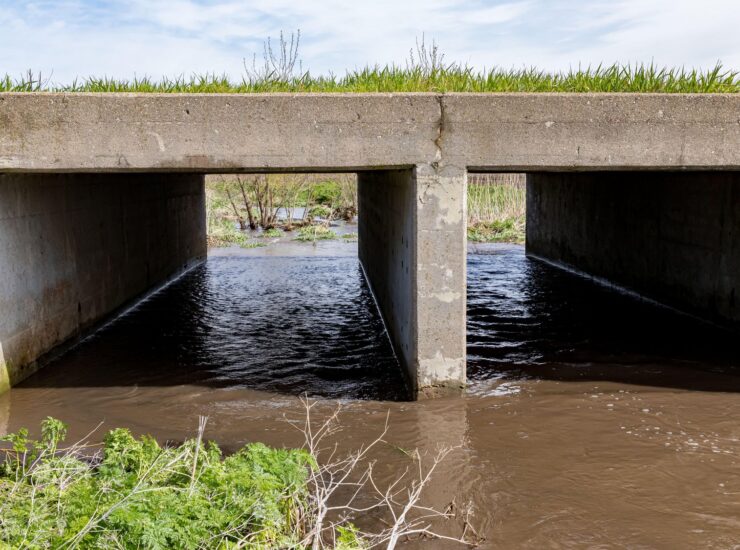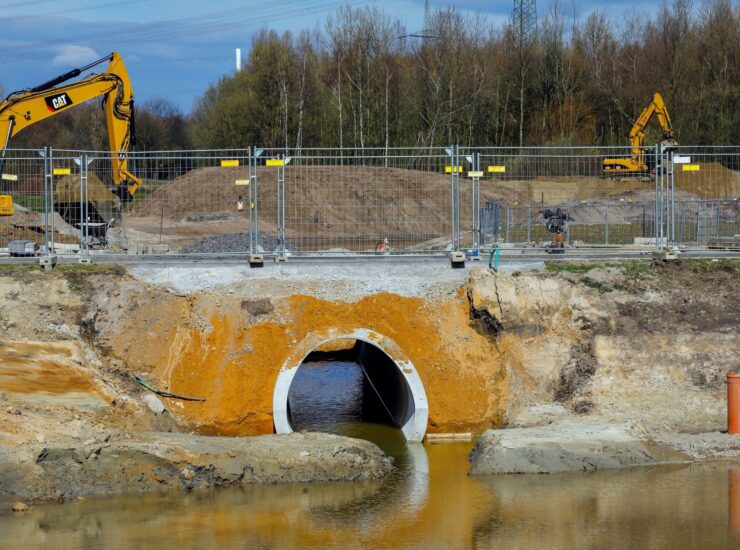
Section 404 Clean Water Act Permitting
Section 404 of the Clean Water Act requires authorization from the Secretary of the Army, acting through the Corps of Engineers, for the discharge of dredged or fill material into all waters of the United States, including wetlands.
Discharges of fill material generally include, without limitation: placement of fill that is necessary for the construction of any structure, or impoundment requiring rock, sand, dirt, or other material for its construction; site-development fills for recreational, industrial, commercial, residential, and other uses; causeways or road fills; dams and dikes; artificial islands; property protection or reclamation devices such as riprap, groins, seawalls, breakwaters, and revetments; beach nourishment; levees; fill for intake and outfall pipes and subaqueous utility lines; fill associated with the creation of ponds; and any other work involving the discharge of fill or dredged material.
A Corps permit is required whether the work is permanent or temporary. Examples of temporary discharges include dewatering of dredged material prior to final disposal, and temporary fills for access roadways, cofferdams, storage and work areas.
Frequently Asked Questions
If you have additional questions reach out and a team member will get in touch with you.
A permit is required for any activity that involves discharging dredged or fill material into U.S. waters, including wetlands. This encompasses a wide range of activities such as construction of structures, site development for various purposes, building causeways or road fills, creating artificial islands, shoreline protection or reclamation projects, beach nourishment, and the creation of ponds. It also includes the installation of intake and outfall pipes, subaqueous utility lines, and any other work that involves discharging fill or dredged material.
To apply for a Section 404 permit, you should contact the local U.S. Army Corps of Engineers office. The application process typically requires detailed information about the proposed project, including the purpose and need, the specific location, the type and quantity of material to be discharged, and the potential impacts on water resources and the environment. You may also need to provide alternative analysis, mitigation plans, and environmental assessments.
If wetland characteristics are identified, the wetland’s boundaries are marked with stakes or flagging. These boundaries are then surveyed and mapped, and a Wetland Delineation Report is created. This report includes a summary of the site, scientific data, wetland rating, and a detailed map showing both the wetland areas and any proposed developments, along with their buffers.
Yes, a Corps permit is required for both permanent and temporary discharges of dredged or fill material. Temporary activities might include dewatering of dredged material, creating temporary access roadways, building cofferdams, and setting up storage or work areas.
The Corps evaluates a variety of factors, including the potential impacts on aquatic ecosystems, water quality, wildlife habitat, and endangered species. They also consider the project’s purpose, the necessity of the proposed work, alternatives that may have less detrimental impacts, and the project’s overall contribution to public interest. The Corps coordinates with other federal, state, and local agencies during the review process to ensure compliance with environmental standards and regulations.




